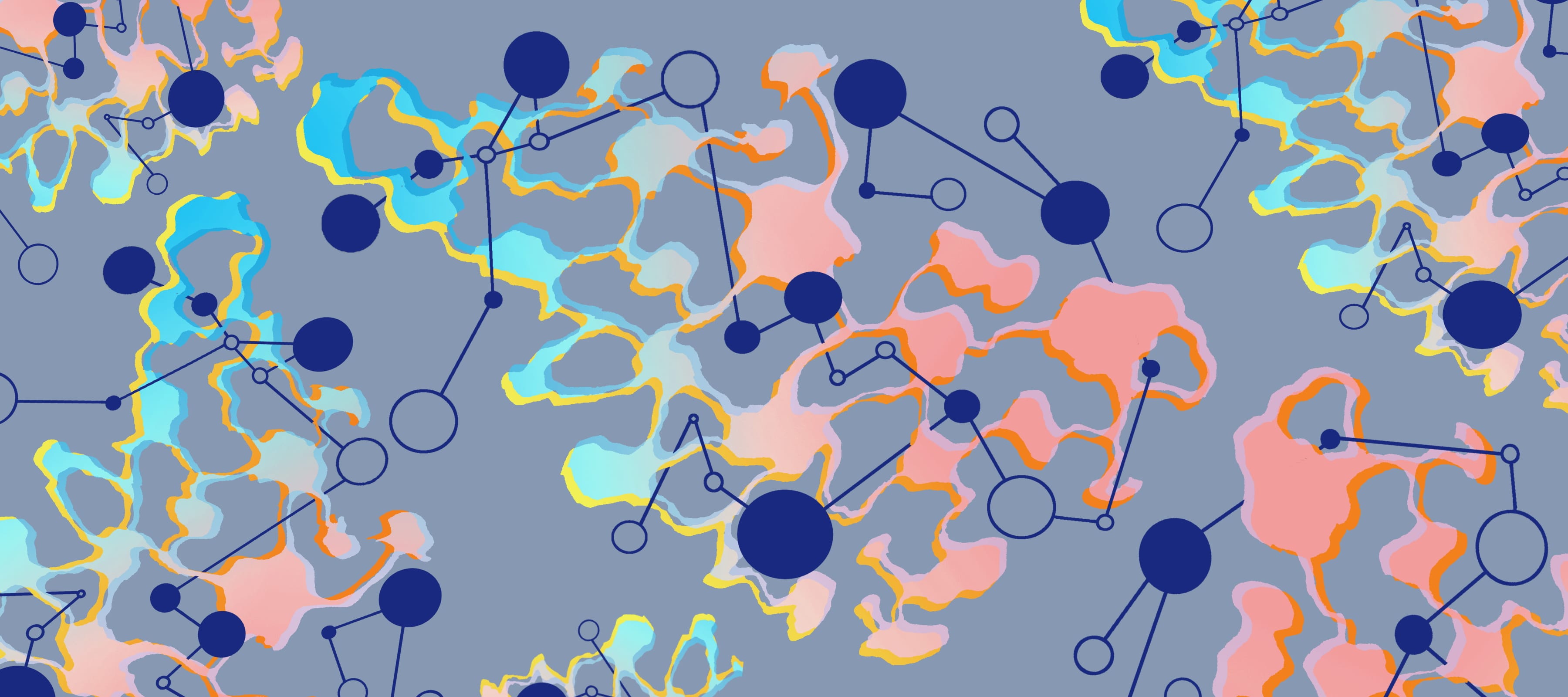Artificial intelligence (AI) and machine learning might have some cool tricks up their sleeve, but they’re now also revolutionizing the way we diagnose and treat patients.
McGill-based machine learning researchers met on October 30 to present a public lecture, hosted by the Rosalind & Morris Goodman Cancer Research Centre, on the future of cancer research and the essential role AI plays in it. The speakers, whose backgrounds ranged from medical physics to radiation oncology, collaborated to present the various aspects of this cutting-edge intersection of artificial intelligence and medicine.
One speaker in particular, Dr. Tal Arbel from McGill’s Department of Electrical and Computer Engineering, explained how AI is being used as a crucial tool for optimizing detection and treatment of cancerous lesions, in a wave she hopes will move the healthcare system toward imaging-based precision medicine: a system that can offer more personalized treatment based on highly-accurate imaging tests.
Harnessing Computer Vision
What is artificial intelligence? Simply put, AI is any computerized technique that mimics human intelligence. A highly popular subfield is machine learning, which aims to train computers to recognize patterns in data to optimize their performance over time. Even more specialized developments are emerging in deep learning: a technique that enables computers to train themselves to perform a task.
Dr. Arbel’s research focuses on computer vision, another subfield which involves developing programs that can automatically analyze and understand the content of digital images through machine learning. Images used for training can be as light-hearted as movie stills or family photo albums. The applications of the software are limitless, including analyzing surveillance footage or, most pertinent to Dr. Arbel’s work, medical diagnostic imaging. The objective, Dr. Arbel explains, is to enable computers to develop artificial perception and interpret the visual world much as humans do. Examples of ongoing advancements in computer vision include facial recognition and tracking of moving objects.
How Artificial Eyes Can Help Us
Leaps in the sophistication of computer vision have significantly optimized the accuracy, usefulness, and timeliness of medical imaging in healthcare. Instead of having a clinician sit down with the laborious task of reviewing brain scan after brain scan, researchers like Dr. Arbel are training computers to search for the possible malignancies in an image themselves, and to do it better than a human can.
In the field of brain tumours and multiple sclerosis, her technology has already had clinical success. Multiple sclerosis (MS) is the most common neurological disease in young people; its hallmark is the presence of brain lesions, which are often diagnosed through Magnetic Resonance Imaging (MRI) images. Using large datasets retrieved from the Montreal Neurological Institute, Dr. Arbel and her team have developed computer programs that can accurately distinguish healthy tissue in an image from possible MS lesions, through an imaging process referred to
as segmentation.
Segmentation of a tumour is highly important for staging diseases (classifying degree of severity) and predicting their progression, as well as planning surgeries. Dr. Arbel’s team later sophisticated this technique even further by feeding the program sequential scans of the same patients over several years, making her research group the very first to develop machine learning methods that can track MS evolution and distinguish between stable, growing, and shrinking lesions.
But this milestone is just a foot in the door. In her talk, Dr. Arbel stressed that these machine learning models are highly generalized; a common drawback of these sorts of models is that they are too specific. This means they have immense potential to benefit all cancer detection and research – and could even be taught to project damages into the future.
Pushing the Boundaries of Patient Care
As medical imaging analysis programs become more sophisticated, so does their predictive power. Artificial intelligence doesn’t just have the opportunity to improve diagnostic aspects of medicine, but can add an entirely new dimension to it: providing data-driven predictions on patient outcome.
Dr. Arbel’s research team is now focusing on sharpening AI’s ability to accurately predict tumour progression, while also experimenting with conveying confidence intervals about the accuracy of predictions back to the clinician. If the latter technique is successful, it would mean a huge leap toward crafting a healthcare system rooted in personalized or precision medicine: the tailoring of treatment for an individual based on their predicted response to a disease. As Dr. Arbel puts it, adding uncertainty to the machine learning framework throws the ball back into the clinician’s court; it would only function to accelerate workflow, rather than attempt to replace it. If artificial intelligence can honestly reflect on its own shortcomings, human judgment will still be able to provide a safety net.
Implications in the Field of Medicine
Imaging-based precision medicine has the potential to pave the way for many improvements in patient care. While it provides a more accurate diagnosis and a better understanding of cancer evolution, integrating AI into medical diagnostics also offers the opportunity to provide precise personalized predictions to patients and clinicians, a largely uncharted territory in the field of medicine. With the increasing reliance on machine expertise to detect, diagnose, and manage our illnesses, we must ask ourselves: where will be the point where we can trust artificial judgment over a clinician’s?
“AI and the Future of Cancer Research” is one installment of many in the Goodman Cancer Research Centre’s annual public lecture series. Look out for their next lecture on November 20, “HPV-induced cancers, immunization, and cancer prevention.”

